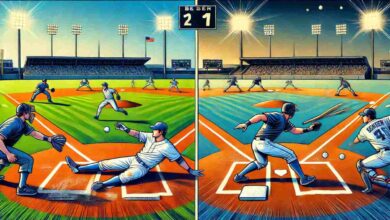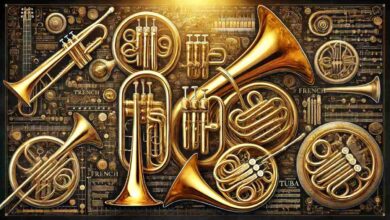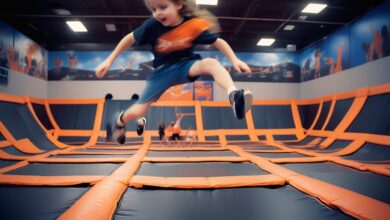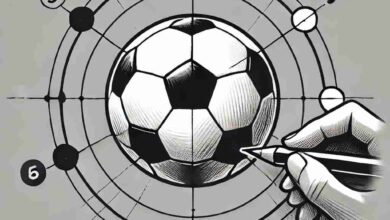Suio Ryu Style: Mastering the Art of Swordsmanship
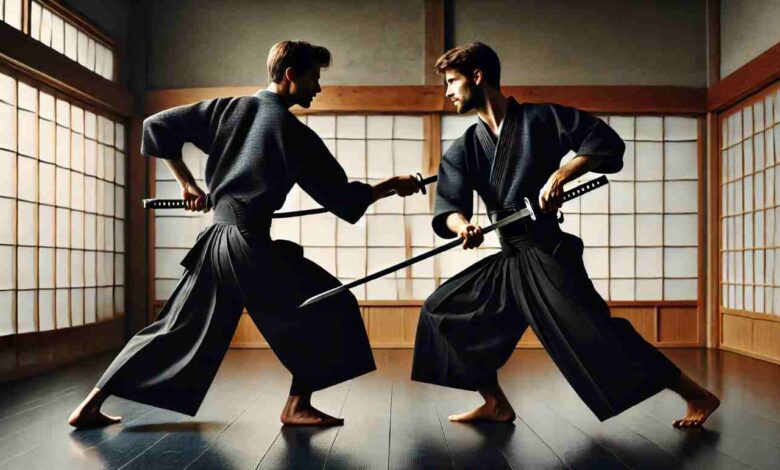
Suio Ryu Style is one of the lesser-known but highly revered styles of traditional Japanese swordsmanship. Founded by Mima Yoichizaemon Kagenobu during the turbulent Sengoku period, this martial art has survived centuries of change, adapting while maintaining its core principles. Its rich blend of techniques, both physical and philosophical, makes it a unique and respected form of martial training.
The Origins of Suio Ryu Style
The historical roots of Suio Ryu trace back to its founder, Mima Yoichizaemon Kagenobu, born in 1577 during the closing days of Japan’s Sengoku period, a time when feudal lords were almost constantly at war. This chaotic environment required martial arts to evolve into practical, battlefield-effective methods of defense. After losing a duel to a better-trained samurai, Kagenobu committed himself to mastering the art of the sword, drawing inspiration from various systems, including iai (sword-drawing techniques) and jo (staff techniques). By synthesizing these teachings, Suio Ryu emerged around 1600.
Suio Ryu’s main focus lies on iai, emphasizing the fluid motion of drawing and cutting in a single, efficient strike. However, it extends far beyond swordsmanship, incorporating staff fighting, unarmed combat, and mastery of multiple weapons.
Techniques and Training in Suio Ryu Style
Suio Ryu is a comprehensive martial system that prioritizes practicality and effectiveness. Its curriculum includes 64 techniques, covering everything from iai (sword-drawing) to kenjutsu (traditional sword combat), and even grappling and unarmed combat forms like jujutsu.
Iai: The Art of Drawing the Sword
The art of drawing the sword, called iai, is in fact at the heart of Suio Ryu. In the confusion of battle, it was the ability to draw your sword quickly and deliver a blow which could be life-saving. Practitioners of Suio Ryu learn to draw their swords from various platforms, including standing, maneuvering on the knees, or seated with speed and precision. The application of Nukiuchi, which involves striking as you draw, refers to the quick and fluid motion.
Kenjutsu: Swordsmanship in Battle
Once the sword is out, battle turns to kenjutsu, or classical sword combat. There is a comprehensive set of striking and defensive techniques within Suio Ryu, all with a focus on adaptability and direct readiness for use. It allows the same fighters to blend seamlessly between attack, defense, and counters, so their combat acumen is sharpened in every possible circumstance their skills can be tested.
Jojutsu and Other Weaponry
Practicing Suio Ryu involves more than just sword training. Practitioners also learn jojutsu (staff techniques), which are often practiced against swords or other staffs. The syllabus also includes naginata (polearm) and kusarigama (sickle and chain) techniques, equipping students with the battlefield skills necessary to handle varied combat scenarios.
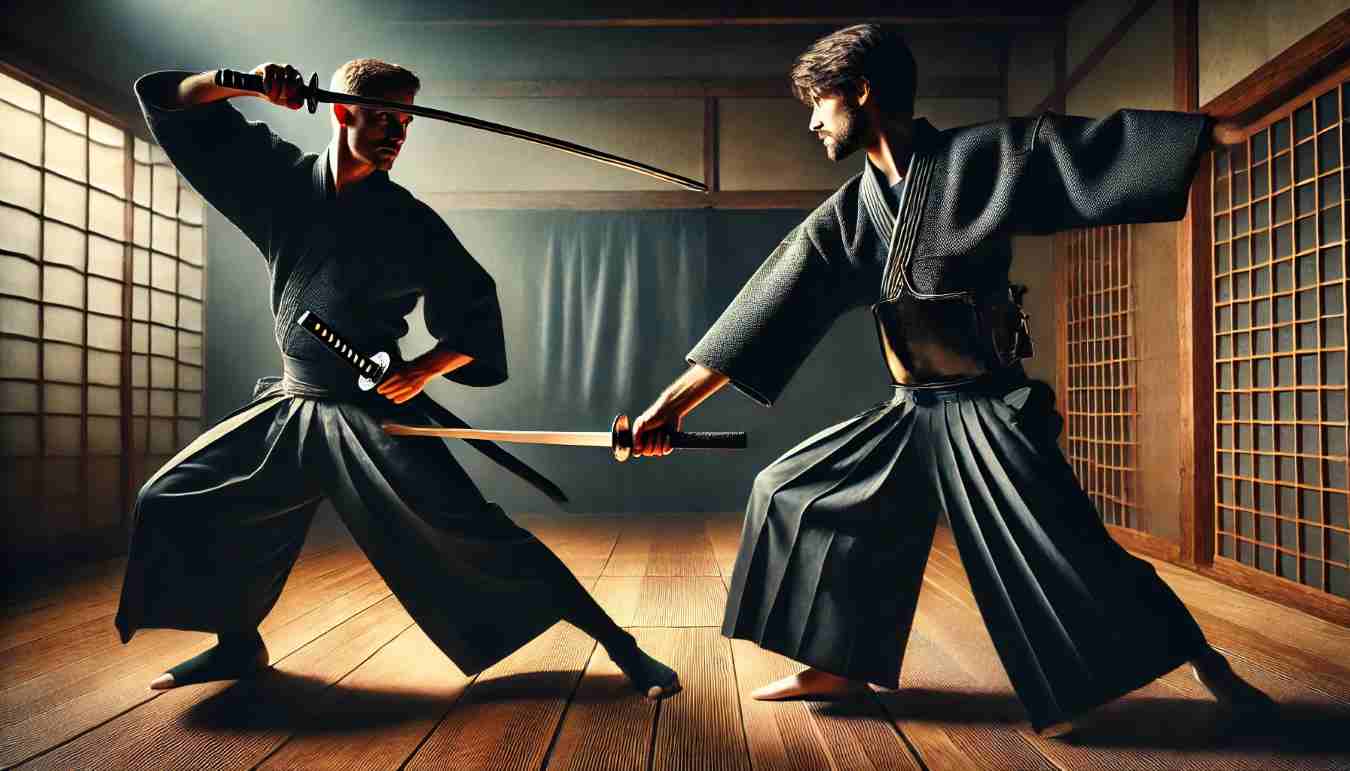
Philosophy and Discipline in Suio Ryu Style
Suio Ryu does teach some great physical techniques; however, physical technique is just one element of the syllabus, and you are never given so much as a hint to the mental or spiritual aspects of those arts.
Mushin and Zanshin from Suio Ryu’s perspective Mushin, No-Mind, literally means “mind without mind” a clearness of mind, a state of non-distraction. This mindset is what enables the practitioner to act instinctively and decisively in a time of combat. On the other hand, Zanshin is about constant wakefulness.
The extent of consciousness and availability for more fight is maintained even after a move is pulled off. In training and real combat, this constant vigilance and mindfulness of the situation is key. Students in the Suio Ryu also are expected to cultivate mental states such as patience, tenacity, and humility. Mastery in this art is a long and arduous path that requires a lifetime of dedication.
Suio Ryu in the Modern World
While born of the Sengoku period, Suio Ryu has made it to the contemporary era. Today, there are Suio Ryu schools all over the world, including Japan, the U.S., and Europe. Many of these schools still teach the original methods, thus preserving the martial art form for posterity.
The head of Suio Ryu now is Katsuse Yoshimitsu Kagehiro, who oversees the practice of Suio Ryu around the world from his home in Shizuoka, Japan. The tradition of Suio Ryu has survived even after its formation, it was preserved and constantly perfected under his command.
Today, Suio Ryu has less on the battlefield as much but more complete samurai philosophy and code of Bushido in which many martial artists seem to be so attractive.
The Path to Mastery: Licenses and Progression
Suio-Ryu follows a traditional form of menjo, unlike the colored belt progression used in today’s martial arts. Through studying its techniques, practitioners progress through ranks such as Shoden (beginner) and Chuden (intermediate), eventually reaching higher levels like Menkyo Kaiden, which signifies “complete understanding and mastery.” However, the highest rank, Inka, is reserved solely for the school’s successor, marking the continuation of Suio-Ryu through generations.
This emphasizes the importance of learning, transferring knowledge across generations, and personal growth. It also highlights the profound responsibility placed upon the successor, ensuring that the essence of Suio-Ryu remains intact for future followers.
The Bottom Line
This is an art, Suio Ryu Style, which has continued to remain effective in the war-torn battlefields of the Sengoku period and modern times. It is this balance of being practical, and also rooted in an extensive philosophy, that makes it not merely a physical discipline but a lifestyle to its practitioners. Whether it is the particular sword techniques that you find yourself drawn to, the history fires your imagination, or the mental discipline—a path of growth and mastery continues to be followed by many martial artists around the world.
But for those who are interested in simply learning the politics and craftsmanship of one of Japan’s oldest traditions, it is as much about personal growth as it is knowing how to hold a sword. Fortunately, Suio Ryu Style offers the well-rounded martial education that combines ancient techniques and current principles, continued to be practiced by many for the fighting arts.


